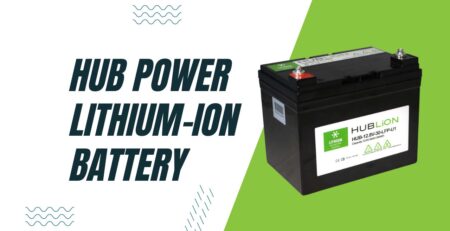Why You Should Invest in a Voltage Sensitive Relay Today | Sustainable Solutions and Marine Batteries in BC
At Hub Power, we have a wide range of renewable and energy-efficient products and solutions – everything from automotive starting batteries in BC to marine batteries in BC. Whether you’re in the market for sustainable market applications or solar inverters in BC, we can help you find what you’re looking for.
A voltage sensing relay is an integral part of a circuit design that can fit the specifications of your unique applications. Save your time, money and energy and invest in one of our high-quality systems today. We discuss everything you need to know, and why you can depend on us to get the proper advice and guidance.
What is a voltage sensing relay?
Voltage sensing relays allow the charging of an additional battery from any single charging source, When the voltage on the charged bank is sufficiently charged, the voltage sensing relay automatically engages the second battery to charge. When the charging stops and the voltage levels drop, the system isolates the battery bank to prevent prematurely draining the batteries.
Relays are switches that open and close circuits electronically. They can control one electrical circuit by opening and closing contacts in a different circuit. Relays are typically used to switch smaller currents in a control circuit and do not have the ability to control larger power devices. Additionally, relays are also used to switch starting coils, heating elements and audible alarms.
What are the benefits of a voltage sensing relay system?
- Simple to install
- Surface or panel mountable
- Protects start batteries from becoming flattened by domestic loads
- Ignition protected
- Safely charges independent batteries
- Cost-efficient and provides long-term savings in extending the use of voltage-powered systems
How to identify a faulty relay system
Voltage sensing relays are tough and reliable, but just like any other equipment, they will lack efficiency once a mechanical component is faulty. There are several ways in which to identify a faulty system and choose to replace it with one of our durable products:
- If there is no voltage at the point where the relay plugs in. Further, you can check the fuse or switch for defects, and if they are faulty, it’s time to invest in a new system.
- If there is voltage at the connection point, use the continuity function on the multimeter to ensure a safe connection on the opposite side of the relay.
- If there is no voltage at the point where the relay connects to the battery or another battery source.
- If there is a problem with the fuse or circuit breaker that causes a poor connection between the relay and the other components.
Single Sense VSR vs. Dual Sense VSR
Single Sense Voltage Sensing Relay: When the engine has started, the battery and auxiliary batteries are separated allowing the primary battery to be charged. When the charge voltage reaches 13.3 volts, the VSR engages allowing both batteries to be charged. When the engine stops and the battery voltage drops below 12.8 volts, the VSR disengages. The auxiliary battery continues to power any accessories without the risk of compromising the starting battery.
Dual Sense Voltage Sensing Relay: Operating under the same conditions as the single sense system, the dual sense system has bi-directional technology so that the voltage of both batteries is used. If either battery is receiving a charge, the system will engage and charge both of the batteries simultaneously.
Find the right solution today! If you would like to learn more about energy-saving and cost-efficient systems, please contact us today to speak with one of our qualified experts.












